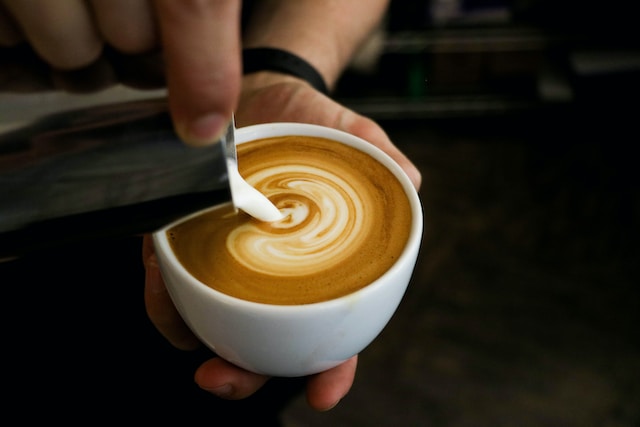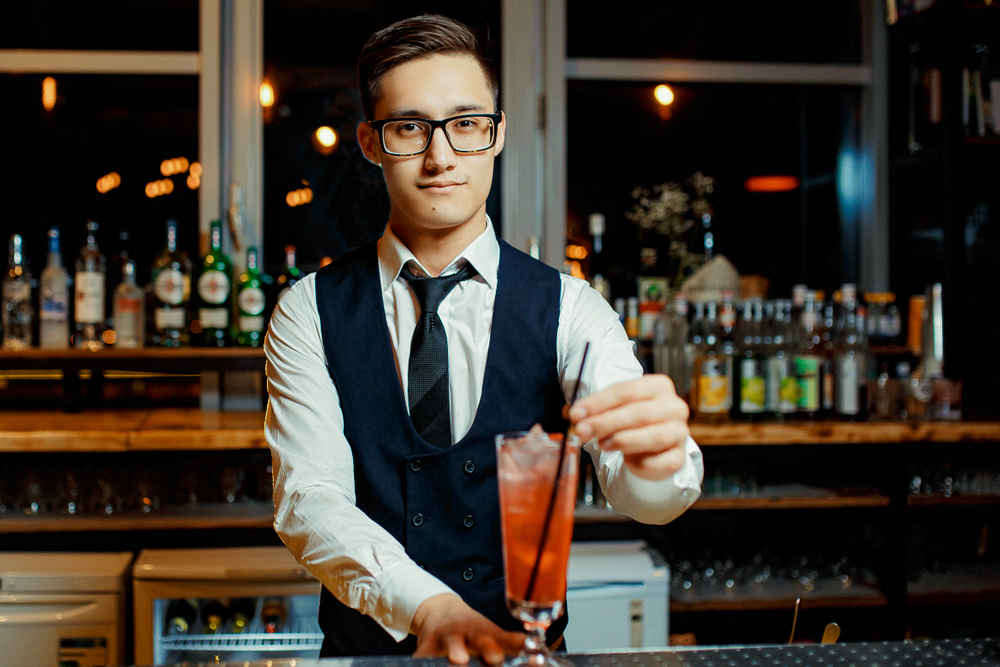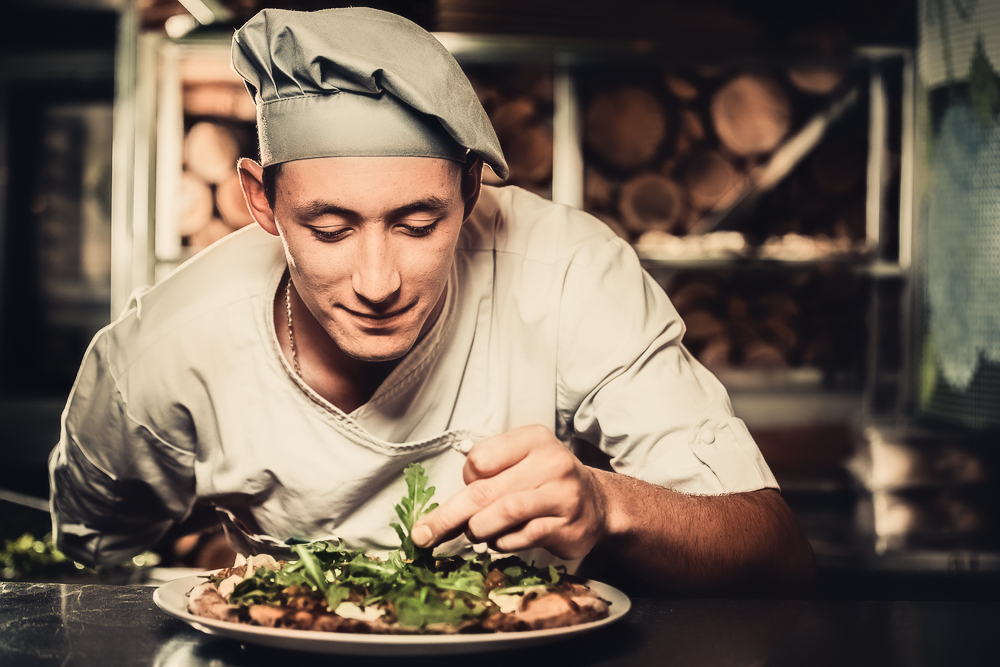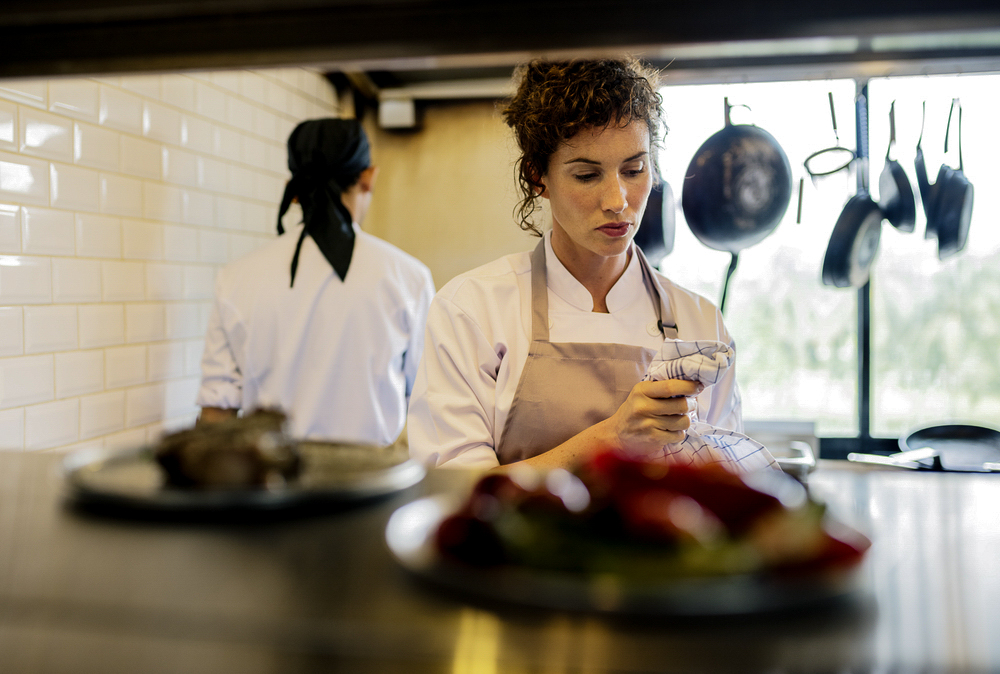
Updated for 2025: We've refreshed this guide with the latest insights on milk types, temperature control, and texturing techniques used in top Australian cafes. Whether you're training in Sydney or Melbourne, mastering milk is key to making latte art that wows.
In short:
- What milk is best for latte art?
Full cream milk is ideal, but oat milk is a popular plant-based option in Australian cafes. - What temperature should milk be for latte art?
Aim for 55–65°C to retain sweetness and ensure proper texture. - Can you learn how to steam milk in a barista course?
Absolutely. Hands-on barista courses teach precise milk handling in real cafe-style setups.
Why Does Milk Matter in Latte Art?
The secret to smooth, defined latte art starts with milk. Its type, temperature, and texture all play a role in achieving those silky microbubbles that create hearts, rosettas and tulips.
What Are the Best Types of Milk for Latte Art?
Full cream milk is the gold standard in most Australian barista schools and cafes. It textures easily and creates a velvety finish.
Alternative milks like oat, almond, and soy are becoming increasingly popular. Oat milk, in particular, has a creamy consistency ideal for pouring art.
Tip: If you're attending a barista course in Sydney or Melbourne, expect hands-on training with both dairy and plant-based options.
What's the Ideal Milk Temperature?
Milk should be steamed to 55–65°C (just before it gets too hot to touch). Any hotter and the milk begins to lose sweetness and becomes harder in texture.
Pro tip: Practising this consistently is part of every quality barista training course in Melbourne and Sydney.
How Do You Texture Milk Properly?
Start by aerating the milk (adding air) for the first few seconds, then plunge the steam wand deeper to heat and spin the milk. The end goal is smooth, glossy milk with fine bubbles – what baristas call microfoam.
Can You Learn These Techniques in a Barista Course?
Yes. A barista course in Sydney or Melbourne will cover milk steaming, texturing, pouring techniques and latte art basics. Courses usually include:
- How to use commercial machines
- Working with full cream and alternative milks
- Milk jug control and pour speed
- Creating basic latte art patterns like hearts and leaves
Frequently Asked Questions
- Can I practise latte art without a commercial coffee machine?
Yes. With a home steam wand and the right jug technique, you can improve your skills at home. But using professional equipment, like in our Sydney barista training, makes a big difference. - Are plant-based milks harder to use for latte art?
Some are. Oat milk performs well, while almond and soy may require different texturing techniques. Our Sydney and Melbourne barista courses include hands-on training with these. - Do I need a barista certificate to steam milk properly?
Not technically, but a barista certificate course helps you master steaming techniques faster, especially if you're new to café equipment.
Thinking of starting your coffee journey? Explore our barista courses for practical training on milk, coffee and more.




